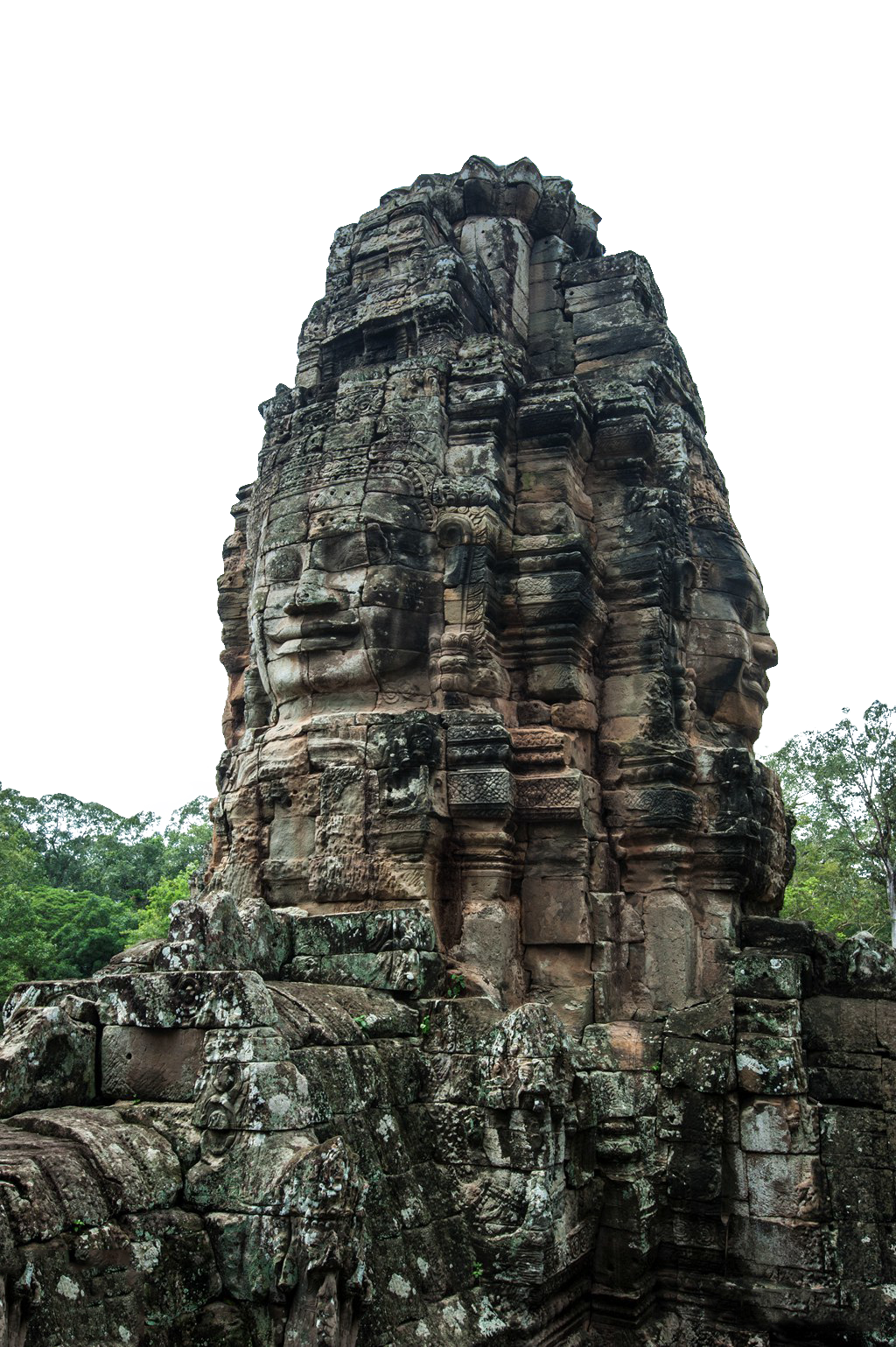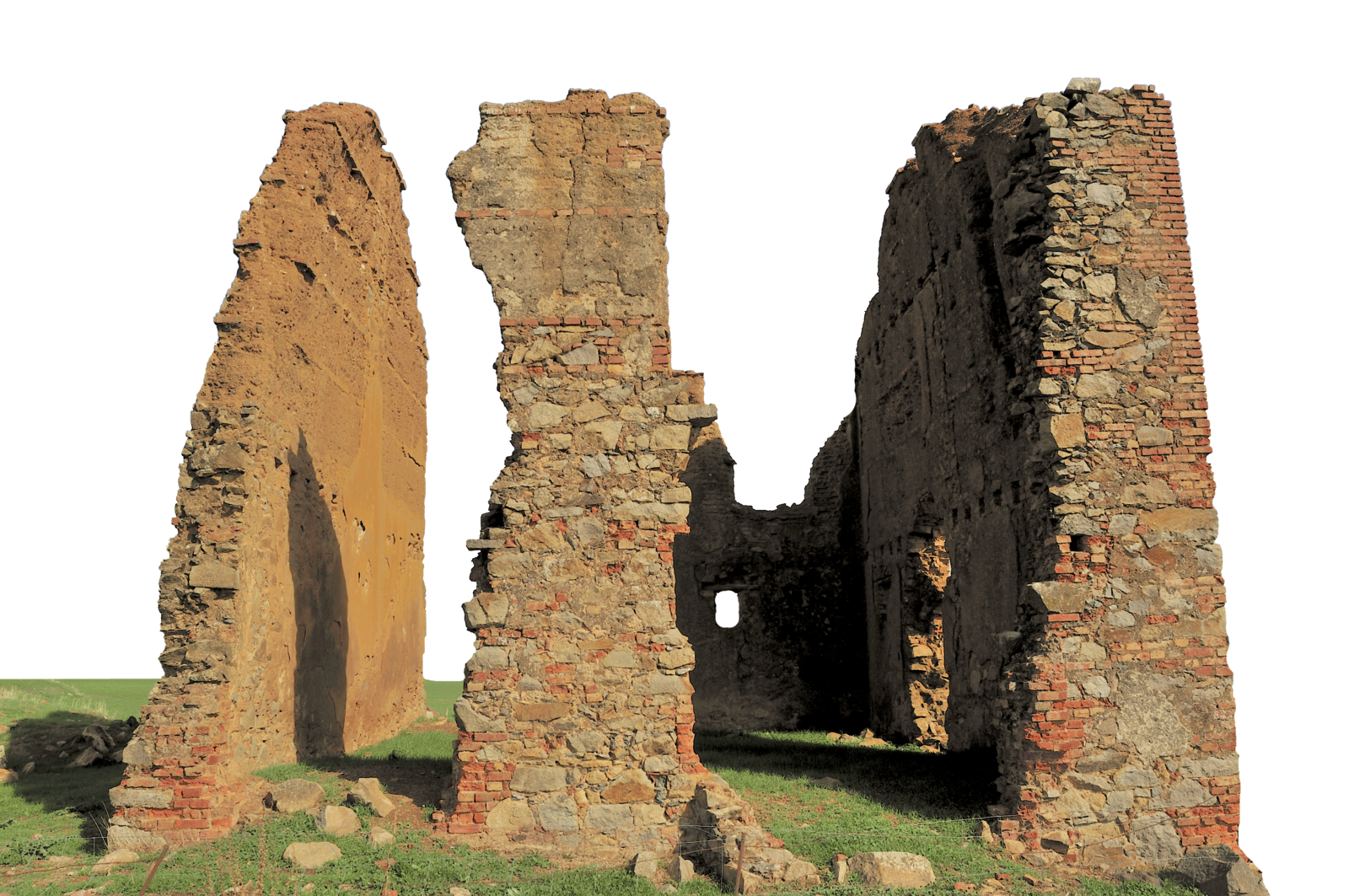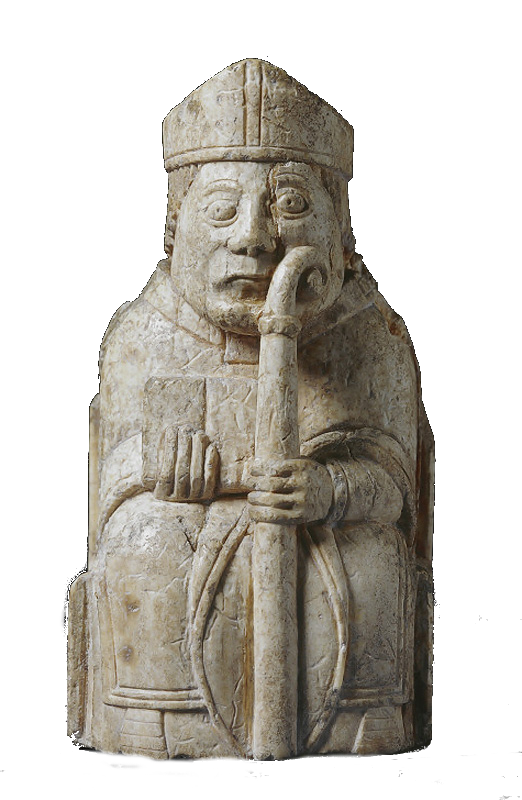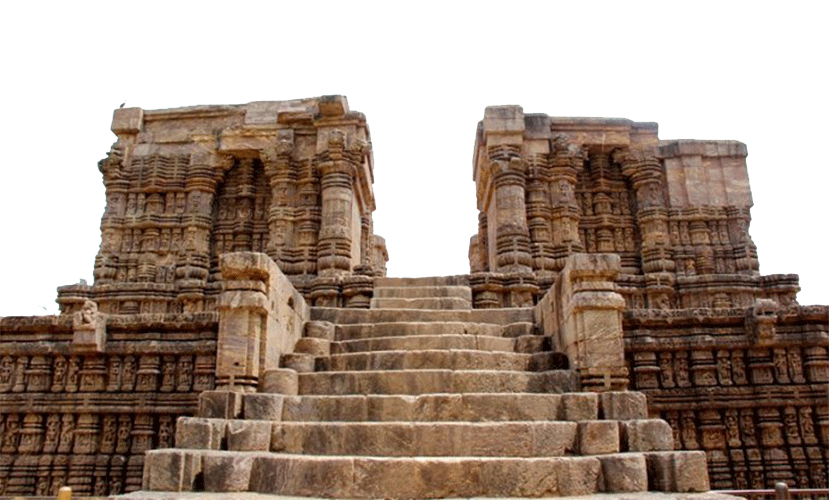Archaeology
Welcome to c/Archaeology @ Mander.xyz!
Shovelbums welcome. 🗿

Notice Board
This is a work in progress, please don't mind the mess.
- 2023-06-15: We are collecting resources for the sidebar!
- 2023-06-13: We are looking for mods. Send a dm to @fossilesque@mander.xyz if interested!
About
Archaeology or archeology[a] is the study of human activity through the recovery and analysis of material culture. The archaeological record consists of artifacts, architecture, biofacts or ecofacts, sites, and cultural landscapes.
Archaeology has various goals, which range from understanding culture history to reconstructing past lifeways to documenting and explaining changes in human societies through time.
The discipline involves surveying, excavation, and eventually analysis of data collected, to learn more about the past. In broad scope, archaeology relies on cross-disciplinary research. Read more...
Rules
- Don't throw mud. Be kind and remember the human.
- Keep it rooted (on topic).
- No spam.
- No pseudoscience/pseudoarchaeology.

Links
Archaeology 101:
Get Involved:
University and Field Work:
- Archaeological Fieldwork Opportunities Bulletin
- University Archaeology (UK)
- Black Trowel Collective Microgrants for Students
Jobs and Career:
Professional Organisations:
- Chartered Institute for Archaeologists (UK)
- BAJR (UK)
- Association for Environmental Archaeology
- Archaeology Scotland
- Historic England
FOSS Tools:
- Diamond Open Access in Archaeology
- Tools for Quantitative Archaeology – in R
- Open Archaeo: A list of open source archaeological tools and software.
- The Open Digital Archaeology Textbook
Datasets:
Fun:
Other Resources:

Similar Communities
Sister Communities
Science and Research
Biology and Life Sciences
- !anthropology@mander.xyz
- !biodiversity@mander.xyz
- !palaeoecology@mander.xyz
- !palaeontology@mander.xyz
Plants & Gardening
Physical Sciences
Humanities and Social Sciences
Memes
Find us on Reddit

view the rest of the comments
This is the best summary I could come up with:
Leif Ristroph, a physicist and applied mathematician at New York University, was conducting experiments on how clay erodes in response to flowing water when he noticed tiny shapes emerging that resembled seated lions—in essence, miniature versions of the Great Sphinx of Giza in Egypt.
"These findings hardly resolve the mysteries behind yardangs and the Great Sphinx, but perhaps they provoke us to wonder what awe-inspiring landforms ancient people could have encountered in the deserts of Egypt and why they might have envisioned a fantastic creature."
Last year, Ristroph's group conducted a series of experiments involving paper airplanes to explore the underlying aerodynamics, developing a handy mathematical model to predict flight stability.
The team verified this by test-flying various rectangular sheets of paper, changing the front weight by adding thin metallic tape to one edge.
Ristroph et al. concluded that these pointed rock formations result from solids dissolving into liquids in the presence of gravity, which produces natural convective flows.
The heavier water then sinks under the downward pull of gravity, and the flows gradually form karst topographies.
The original article contains 542 words, the summary contains 177 words. Saved 67%. I'm a bot and I'm open source!